Microsoft Surface: A Shift from Innovation to Stability?
admin - Feb 27, 2025
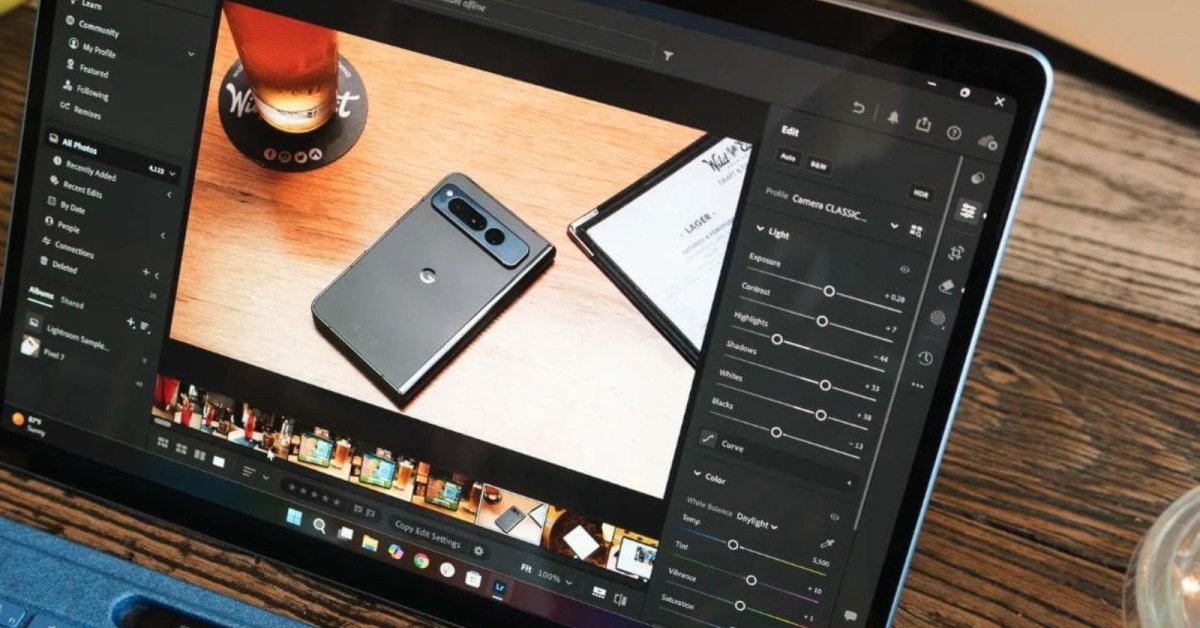
- The Ultimate Tech Betrayal: OpenAI's Nuclear Revenge Plot Against Sugar Daddy Microsoft
- Microsoft Notepad Gets Major Update: Bold Text, Hyperlinks, and Markdown Support
- Looking For A Rechargeable Wireless Mouse? Check Out This List
For years, Microsoft Surface was synonymous with innovation. It was the hardware line that dared to be different—detachable screens, unconventional hinges, and designs that pushed the limits of what a Windows device could be. But if you look at the latest Surface lineup, you’ll notice a clear shift: Microsoft is no longer chasing radical innovation. Instead, it’s embracing stability and predictability, much like Apple and Samsung have done with their flagship products.
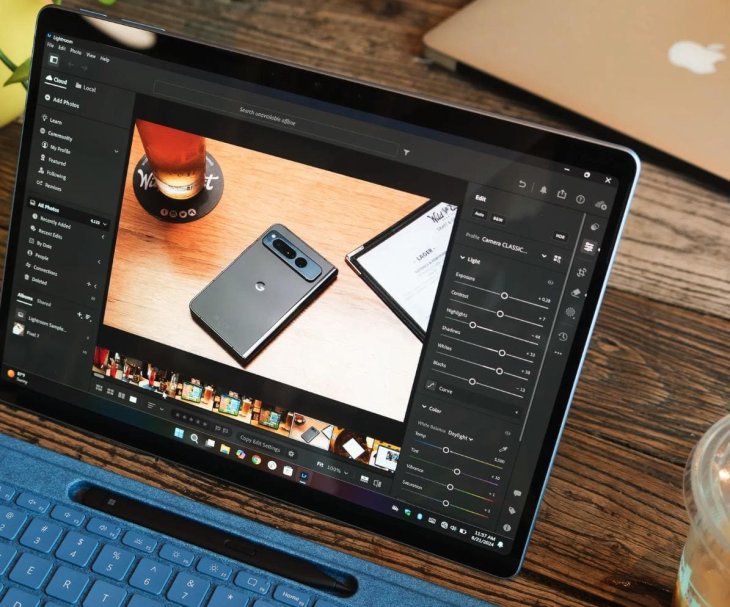
Microsoft Surface - From Bold to Balanced
This transition didn’t happen overnight. It began about 18 months ago when Panos Panay, the driving force behind Surface’s unique designs, left Microsoft. Since then, the company’s leadership has taken a more pragmatic approach, refocusing Surface on mainstream appeal rather than experimental hardware.
In the past, Surface was Microsoft’s way of showcasing what Windows devices could be. Surface RT and Surface Pro introduced the concept of premium 2-in-1s. Surface Book experimented with detachable GPUs. Surface Studio brought an artist-friendly, all-in-one PC to life. These products weren’t just computers; they were statements.
Today, however, that era of risk-taking appears to be over. The latest Surface Pro and Surface Laptop models are refined but familiar, carefully designed to cater to a wider audience rather than disrupt the market. Gone are the ultra-niche products like Surface Duo and Surface Studio—Microsoft is focusing on what sells, not on what surprises.
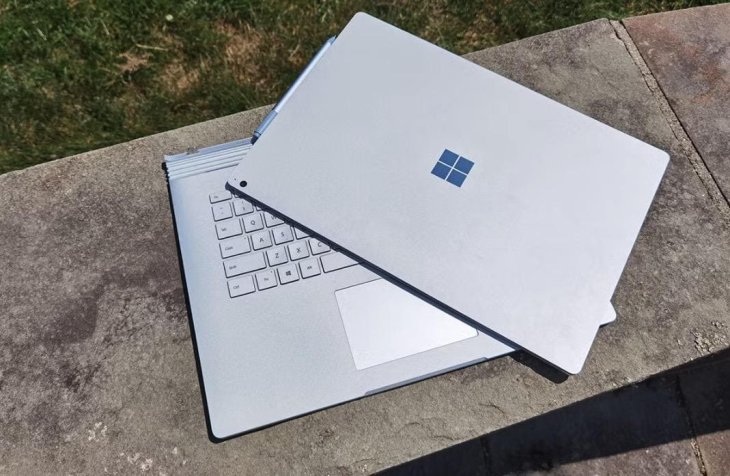
Why Playing It Safe Makes Sense
At first glance, this newfound conservatism might seem disappointing. After all, part of what made Surface special was its willingness to take risks. But there’s another way to look at it: Microsoft is playing the long game.
Last year, the company introduced Copilot+ PC, a new Windows initiative centered around AI-powered experiences and ARM-based processors. Unlike previous Surface experiments that required users to adopt new hardware concepts, this shift is more subtle. Microsoft isn’t overhauling Windows; it’s refining it.
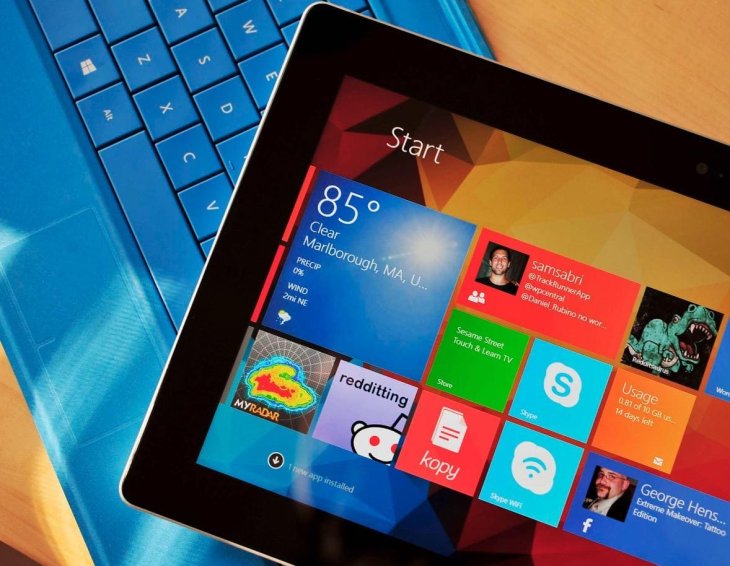
Think back to the days of Windows RT—a well-intentioned but ultimately doomed attempt to transition Windows to ARM processors. Microsoft learned the hard way that users don’t respond well to abrupt, disruptive changes. This time, it’s taking a more cautious approach: instead of launching a radically different Surface, it’s ensuring that Windows on ARM is polished and compatible before pushing it to the mainstream.
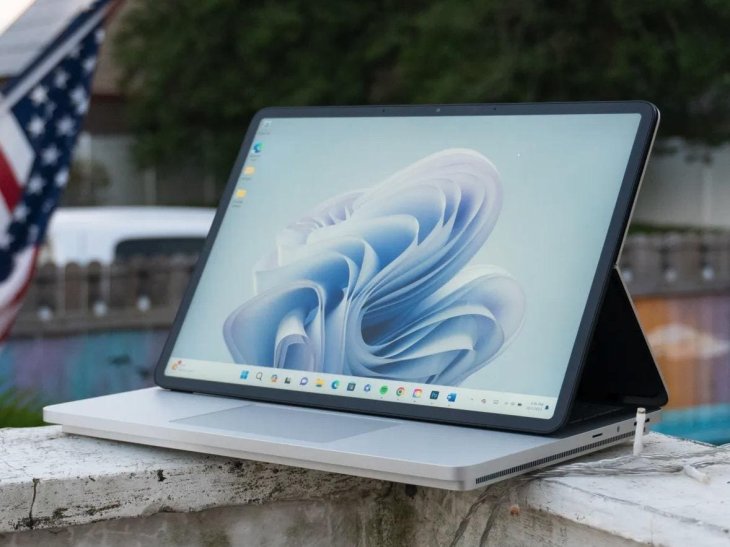
Microsoft Surface as a Follower, Not a Leader?
One of the more interesting consequences of this strategy is how it repositions Surface in the broader Windows ecosystem. Historically, Surface was a trendsetter, introducing form factors and features that other manufacturers later adopted. Now, Microsoft seems content to let OEMs experiment first. Lenovo, HP, and Dell can take the risks, while Surface refines and perfects the concepts that prove successful.
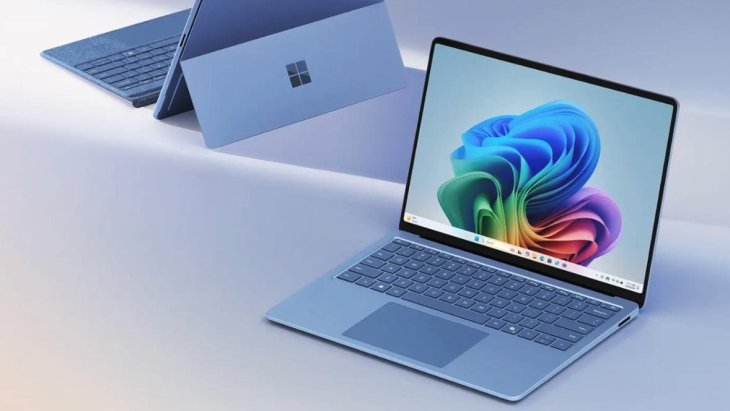
This is a strategy that Apple and Samsung have used for years. The iPhone’s hardware evolves slowly, but its software and ecosystem create long-term value. Samsung refines its Galaxy S series year after year, prioritizing polish over radical change. Microsoft appears to be following suit—trading innovation for consistency.
The Future of Microsoft Surface: Safe but Smart?
So, is Surface becoming boring? Maybe. But sometimes, “boring” is just another word for “reliable.” Microsoft’s current focus is clear: transitioning users from Windows 10 to Windows 11, integrating AI into everyday computing, and ensuring Windows on ARM is viable for the future.
This doesn’t mean Microsoft will never innovate again, but for now, expect Surface to be more about refinement than reinvention. Whether that’s a good or bad thing depends on what you loved about Surface in the first place. If you enjoyed its wild experiments, this shift might feel disappointing. But if you value stability and long-term usability, this could be Microsoft’s smartest move yet.
Featured Stories

Review - Aug 23, 2025
Revolutionize Your Communication: How to Buy Virtual Numbers on Telegram

Review - Jun 25, 2025
Windows 11 Problems: Is Microsoft's "Best" OS Actually Getting Worse?

Features - Jun 18, 2025
Best Mobile VPN Apps for Gaming 2025: Complete Guide

Review - Jun 18, 2025
Nintendo Switch 2 Review: A Triumphant Evolution Worth the Wait

Mobile - Jun 12, 2025
Best Gaming Phones 2025: Top Devices for Mobile Gaming
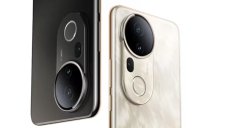
Mobile - Jun 12, 2025
Vivo T4 Ultra Debuts with MediaTek Dimensity 9300+ Chipset

Gadgets - Jun 12, 2025
Lava Prowatch Xtreme Launches with Google Fit Integration

Mobile - Jun 08, 2025
Realme GT 7T Review: Power Meets Endurance in Controversial Style

Mobile - Jun 07, 2025
Realme C73 5G Launches in India: Budget 5G Phone Starts at ₹10,499

Review - Jun 07, 2025
Comments
Sort by Newest | Popular